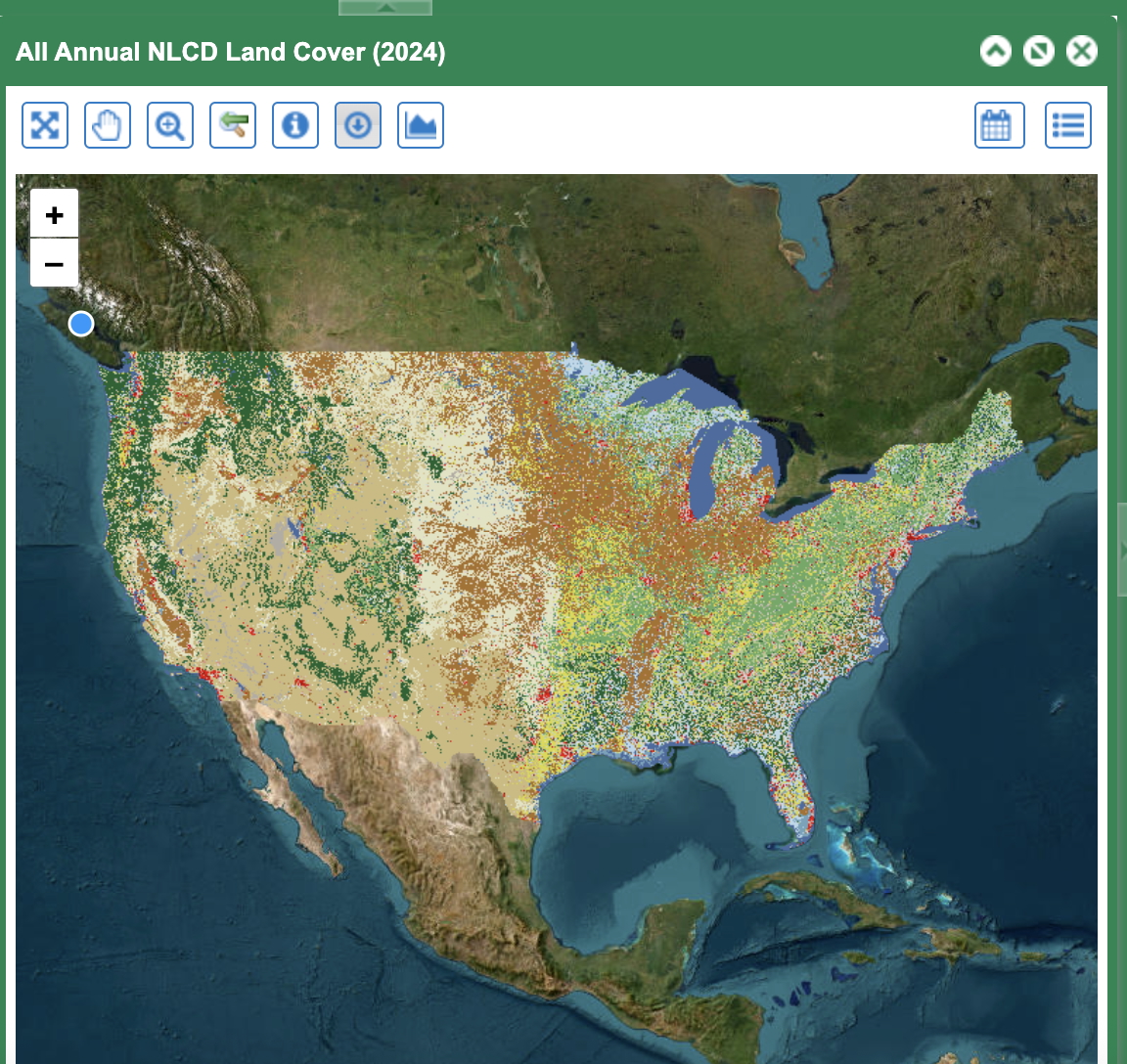
Staff Member #1
Dr. Eileen Cashman is a Professor at Humboldt State University in the Environmental Resources Engineering department.
email: Eileen.Cashman@humboldt.edu

People all over the world have been moving from rural areas to urban areas in large numbers. In 2018, a United Nations report estimated that 55% of the world's population lived in urban areas and that number would increase to 68% by 2050 (United Nations 2018, https://www.un.org/development/desa /en/news/population/ 2018-revision-of-world-urbanization-prospects.html). This increasing urbanization poses challenges to provide safe, sustainable, and healthy housing, transportation, and energy systems. One of the challenges of higher density populations is the stormwater that is generated in urban areas.
Stormwater runoff in urban areas occurs when rainfall or snowmelt flows over impervious surfaces such as roads, roof tops, and parking lots. Impervious areas do not infiltrate water into the soil which results in flooding. Additionally, the water flows over construction sites, lawns, and road surfaces transporting pollutants such as sediment, oils, and nutrients that degrade water quality.
In this module, students will develop an understanding of the impacts of changing land use due to urbanization on stormwater runoff. Students will be introduced to web-based databases that can be use to assess land cover changes as well as open source tools to evaluate mitigation for increased stormwater runoff as a result of urbanization. The EPA stormwater calculator will be introduced as a tool to estimate changes in stormwater runoff with changing land use. The PCSWMM and EPA stormwater calculator will be used to evaluate the performance of LID.
This module has four main sections that can be accessed sequentially. The module is designed so that each section can be used independent of the others with a few minor modifications.
Section 1: Land Cover Change In this section you will learn how to access web-based data sets that provide spatial and temporal information on land use and cover. You will use GIS to process data downloaded from the Multi-Resolution Land Characteristics Consortium (MRLC) land cover data and analyze land cover changes . You will complete one learning activity in this section of the course. No prerequisite knowledge is expected to complete this section.
Section 2: Stormwater Runoff Calculation In this section you will be introduced to the National EPA Stormwater Calculator and how to implement it to estimate stormwater runoff for a watershed area. You will learn about some of the key parameters in the calculator and gain intuition on the relationships between land use and runoff during storm events. You will use the calculator to assess how the changes in land use impacted stormwater runoff in using the data downloaded from Section 1. You will complete one learning activity in this section. You will need the data collected in the learning activities in Section 1 to complete this section.
Section 3: Low Impact Development (LID) & Stormwater Runoff: National EPA Stormwater Calculator In this section you will implement the National EPA Stormwater Calculator to analyze the effectiveness of the implementation of planned LIDs in an urban setting. The Gatto Park Neighborhood Green Streets project in the Gentilly Resilience District of New Orleans, LA will be used for this analysis. Students will evaluate proposed stormwater improvements by running the model for existing and planned site conditions. You will complete one learning activity in this section. You will be expected to know how to run the stormwater calculator but you do not need the data collected in Sections 1 and 2 as you will be using the Gatto Park Neighborhood Green Streets project data for this section. Background information of the Gatto Park Neighborhood Green Streets project is provided on a separate page.
Section 4: Low Impact Development (LID) & Stormwater Runoff: PCSWMM In this section you will implement the SWMM hydrologic model using the software (PCSWMM). You will evaluate the existing and proposed site conditions for the Gatto Park Neighborhood Green Streets project. You will not be building this model from scratch but rather you will be provided with the input files to run PCSWMM for the study site so that you can focus on analysis of results. You will extend the model to include a proposed LID of your own design. You will compare your results to those obtained in Section 3 and reflect on strengths and limitations of each modelling approach. You will complete three learning activities in this section. You will need to read the background material in Section 3 on Low Impact Development (LIDs) before beginning this section to gain an understanding how LIDs work. You will need your results from Section 3 to conduct the comparison of results between the stormwater calculator and PCSWMM. Students are expected to have a basic understanding of the PCSWMM model and the key hydrologic parameters that are used to characterize watersheds (e.g. CNs). You are referred to alternate HydroLearn modules or PCSWMM tutorials for an introduction to the model.
Students require a foundational knowledge of basic hydrologic concepts, design storms, and working with spreadsheets. Prior knowledge of the rainfall runoff model PCSWMM is highly encouraged. Portions of this module have been adopted and adapted from the following two modules. Students are referred to these modules for a more comprehensive introduction to PCSWMM.
Aljobeh, Z., Di Vittorio, C., Di Vittorio, D. (2020). Introduction to Hydrologic Design in PCSWMM. HydroLearn. https://edx.hydrolearn.org/courses/course-v1:Wake_Forest_Columbia_Engineering_Valparaiso_University+EGR324+2020/about
Cothren, G., Spelman, D. (2021) Rational Method to PCSWMM: Matching Models to Situations. HydroLearn. https://edx.hydrolearn.org/courses/course-v1:HydroLearn+HydroLearn406+2019_S2/about.
Upon the completion of this module, you will be able to:
This will be accomplished through activities within each section. Results from each activity will be recorded in specified results templates. The results templates are organized such that results from one activity can easily be used in successive activities.

Dr. Eileen Cashman is a Professor at Humboldt State University in the Environmental Resources Engineering department.
email: Eileen.Cashman@humboldt.edu

Dr. Olyssa Starry is an Associate Professor with Portland State University's Honors College
email: ostarry@pdx.edu

Dr. Maruthi Sridhar Balaji Bhaskar is and Associate Professor in the Earth and Environment Department at Florida International University
email: mbalajib@fiu.edu
This course is most appropriate for senior undergraduate or graduate students in hydrologic courses in engineering and environmental science or planning.
Students will need a computer with access to Internet, Excel, GIS, EPA Stormwater Calculator [free] and PCSWMM software [free with educational license]. A PCSWMM software license is needed to complete this module. Please note that Computational Hydraulics International (CHI), the PCSWMM parent company, offers a free academic license package for teaching purposes. Microsoft Word and Excel are also required.
This course is available for export by clicking the "Export Link" at the top right of this page. If you are an Instructor seeking the answer keys, please contact the course creators using your official University email account.
The module developers estimate that this module will take between 15 to 20 hours to complete".